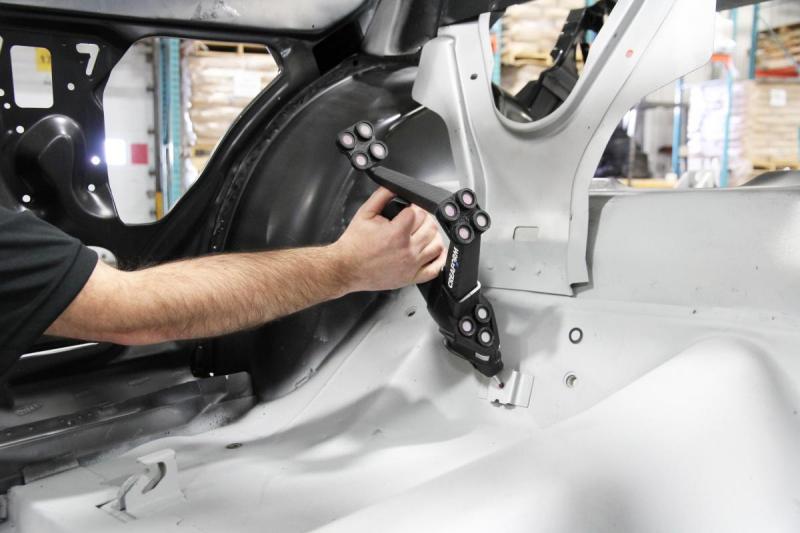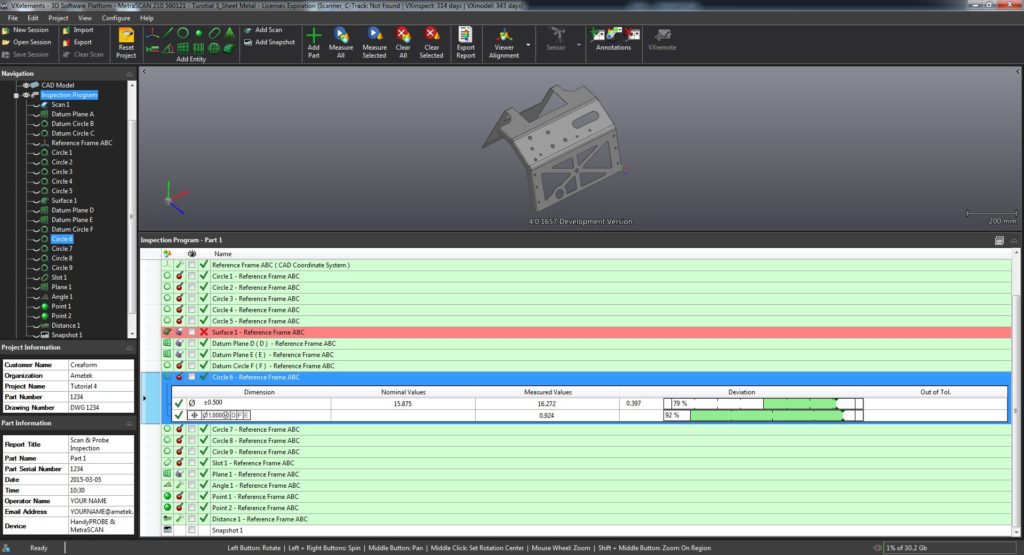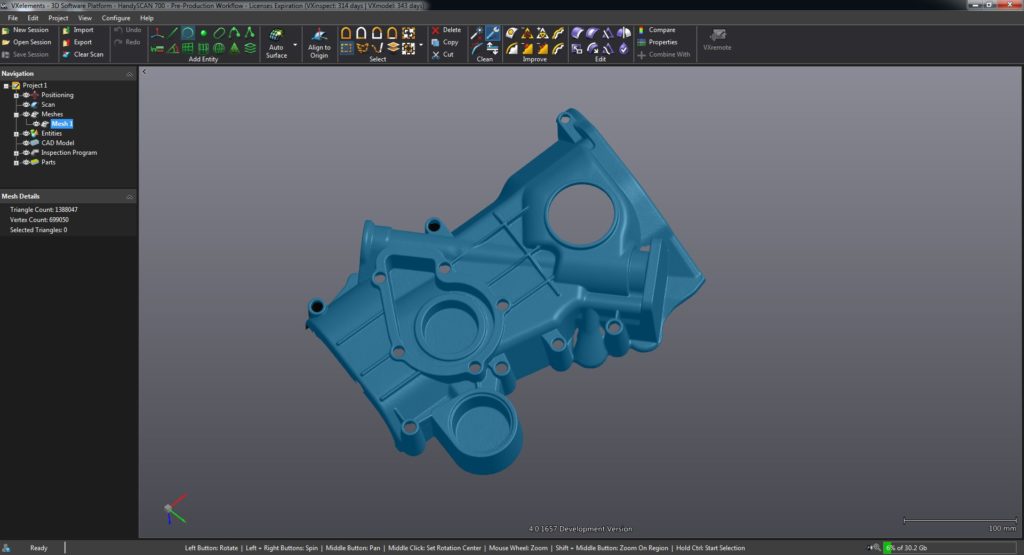Define and Communicate Engineering Tolerances
With geometric dimensioning and tolerancing (GD&T) services from Proto3000, you can effectively and accurately communicate the geometry
requirements for features on components and assemblies, enabling you to have better communication between your manufacturing staff, design teams and production machines.
Fit, Form and Function
Ensure that components for your assemblies properly fit together
Easy to Read Reporting
Our part inspection reports can provide you with the critical data you need at a single glance
Complex Projects and Measurements
Meet ISO standards and capture the data you need with advanced GD&T metrology
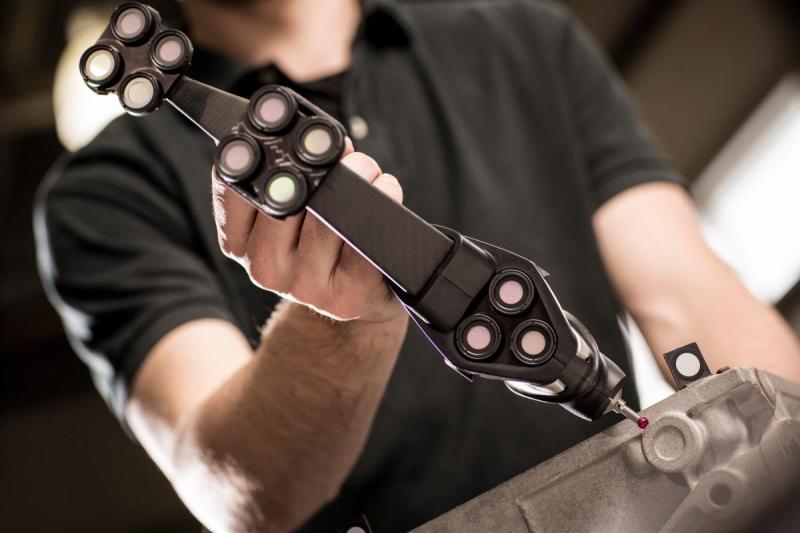
Why Use GD&T?
The growing complexity in advanced design, engineering, and manufacturing requires a degree of dimensional control on manufactured parts and components to ensure successful end products. Therefore, effective and accurate communication regarding nominal values, actual values, measured values, tolerances, and deviations is of incredible importance. GD&T includes an international language that meets ISO standards and is used in mechanical engineering drawings to accurately communicate geometry requirements regarding the features of a part. GD&T is now part of most quality control applications in which specific geometric elements on a part must respect given tolerances. GD&T is generally used to control geometric dimensions that cannot be measured directly, such as the cylindricity of a cylinder, parallelism between two planes, surface profile, etc. Therefore, GD&T tolerances usually involve computations with measurements to obtain the desired measured zones (specified by the type of tolerance). Most metrology software now includes very efficient tools to perform these computations—all while meeting ISO standards.
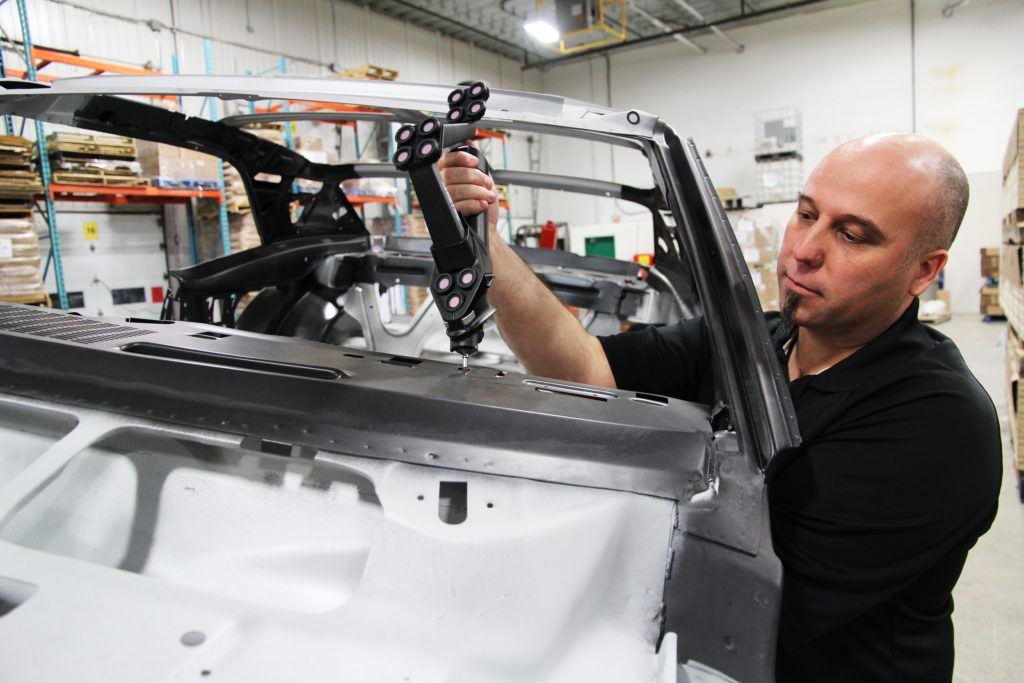
Our Services Process
After the Proto3000 Services Team records the probing data, they will create an inspection report, which define and convey engineered tolerancing. For a dimensioning and tolerancing report our Engineers use 3D laser scanners and probing devices to create 3D Models that explicitly describe nominal geometry and its allowable variation. Prior to mass producing your prototype the Geometric Dimensioning and Tolerancing report tells the engineering staff how accurate and precise the parts of your 3D Models need to be and define allowable variation of its features.
